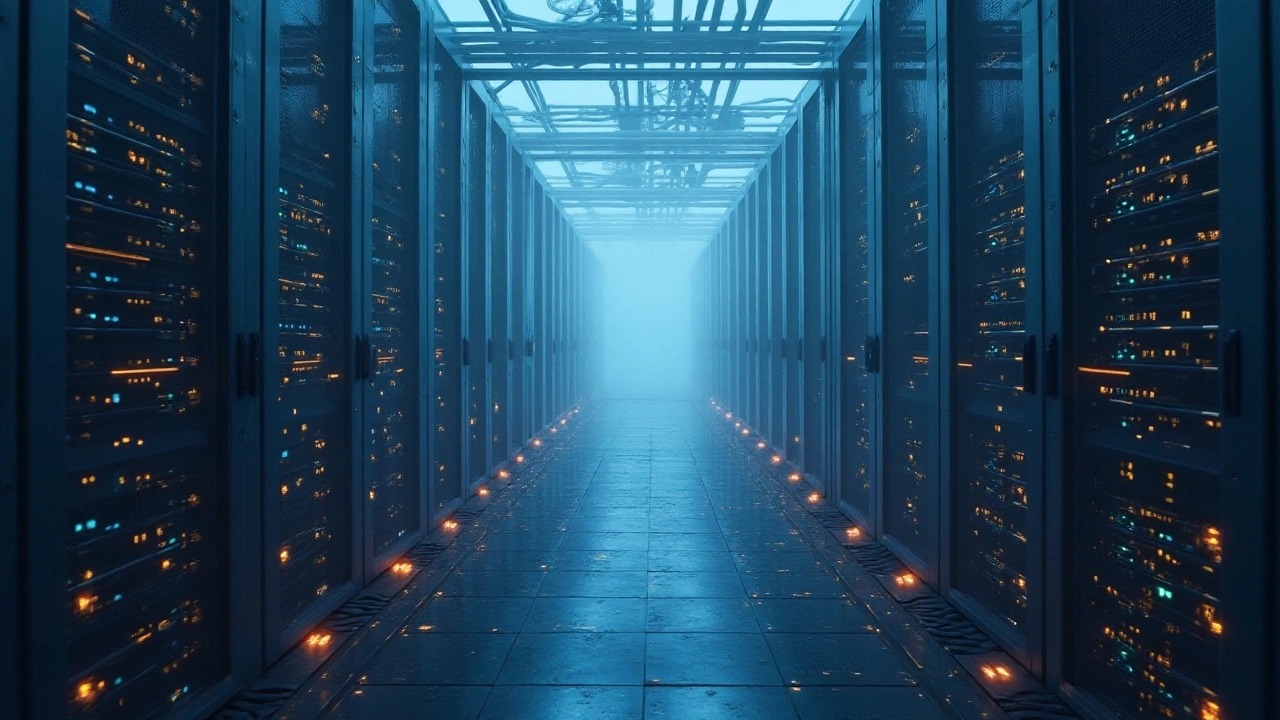Data Center Tiers Explained – Which One Is Right for You?
If you’re picking a place to host your website, store your files, or run critical apps, you’ll hear the term “tier” a lot. It’s not a marketing buzzword – it’s a real way to measure how reliable a data center is. Knowing the difference between Tier 1, Tier 2, Tier 3, and Tier 4 can save you money and prevent headaches down the line.
Understanding the Four Tier Levels
Each tier follows the Uptime Institute’s standard. The main idea is how much backup power and cooling a facility has, and how quickly it can fix a problem.
Tier 1 is the most basic. It has a single power path and a single cooling system. If something goes wrong, the whole site can go down. Expect about 99.671% uptime – that’s roughly 28.8 hours of downtime a year.
Tier 2 adds some redundancy. It still has one main power line, but there’s a backup generator and extra cooling gear. If a component fails, the backup can keep things running. Uptime climbs to about 99.741% – roughly 22.8 hours of downtime annually.
Tier 3 steps it up with multiple independent power and cooling paths. You can take down one line for maintenance without any impact on service. The uptime promise is 99.982% – about 1.6 hours of downtime a year.
Tier 4 is the elite level. It has completely dual power and cooling systems, plus fault‑tolerant designs that protect against even a whole system failure. The uptime guarantee is 99.995% – that’s just 0.4 hours (24 minutes) of downtime per year.
As you move up the tiers, the price jumps. Tier 1 might be fine for a small blog, while Tier 4 is worth it for banks, hospitals, or any service that can’t afford a single outage.
How to Choose the Right Tier for Your Needs
Start with the cost of downtime. If a one‑hour outage costs you $10,000, a Tier 2 that might give you 22 hours of downtime a year is too risky. A Tier 3 or Tier 4 could protect that revenue.
Next, think about compliance. Some regulations (like PCI‑DSS for credit cards) require at least a Tier 3 environment. Check your industry rules before you decide.
Don’t forget growth. A startup might begin with Tier 1 to keep expenses low, but plan to upgrade as traffic and revenue rise. Many providers let you move to a higher tier without moving servers.
Finally, look at the provider’s track record. A data center might claim Tier 3, but if they’ve missed maintenance windows or have a history of power trips, the label means little. Ask for uptime reports and third‑party audits.
In short, pick the tier that matches the value of your data and the cost you’re willing to bear for an outage. Tier 1 saves money now, Tier 3 offers a solid balance, and Tier 4 is for mission‑critical workloads that can’t afford any downtime.
Now that you understand the four tiers, you can talk to providers with confidence. Ask specific questions about backup generators, cooling redundancy, and maintenance schedules. The right tier will keep your services running smoothly and your budget in check.
Data centers are classified into four tiers, from Tier 1 to Tier 4, each offering different levels of redundancy, cooling, and connectivity to meet various business needs. Tier 1 represents the most basic level with limited redundancy, while Tier 4 offers the highest level of reliability and fault tolerance. Understanding these tiers is crucial for businesses to choose a data center that aligns with their operational expectations and budget requirements. This article explores the key characteristics and benefits of each tier, providing insights to help make informed decisions.
Dec, 31 2024
